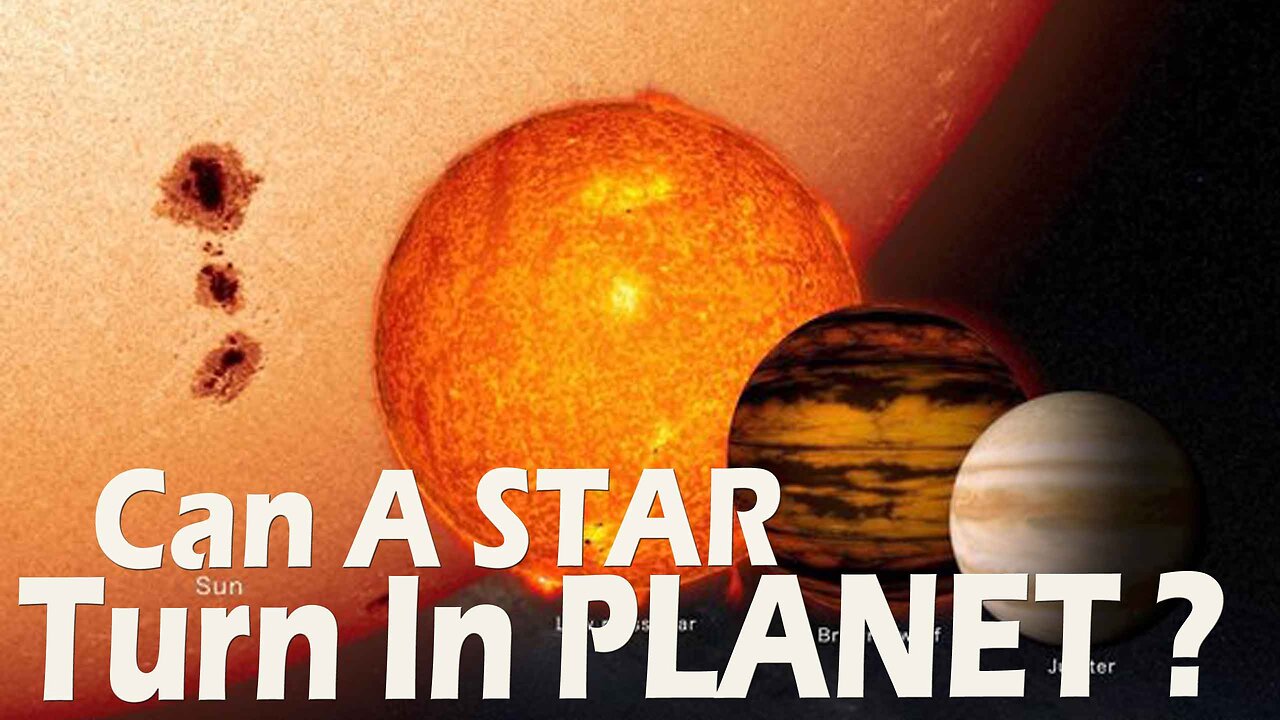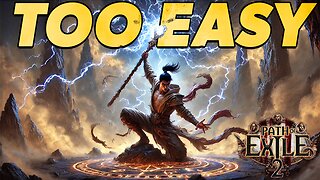Premium Only Content

Can a star turn into a planet?
The process of a star turning into a planet is not a direct transition, as stars and planets are formed through different mechanisms. However, certain circumstances can lead to the formation of planets around stars.
Stars are massive celestial objects primarily composed of hydrogen and helium gas. They generate energy through nuclear fusion in their cores, where hydrogen atoms combine to form helium and release a tremendous amount of energy in the process. Stars have a strong gravitational force that holds them together.
On the other hand, planets are smaller celestial bodies that orbit stars. They are typically composed of rock, metal, and sometimes gases. Planets form from the accumulation of dust, gas, and other materials in the protoplanetary disk—a rotating disk of gas and dust surrounding a young star.
The formation of planets begins with the collapse of a molecular cloud—a dense region of gas and dust in space. The cloud contracts under the influence of gravity and forms a protostar at its center. As the protostar continues to accumulate mass, it develops a strong gravitational pull, which can attract nearby materials in the surrounding disk.
Within the protoplanetary disk, solid particles collide and stick together, gradually forming planetesimals—small bodies ranging in size from a few meters to kilometers. These planetesimals can further collide and merge to form protoplanets. Protoplanets continue to grow as they accrete more material from the surrounding disk. Eventually, they can reach a sufficient mass to be considered planets.
In some cases, planets can form in close proximity to their host stars. These are called "hot Jupiters" or "gas giants," and they are similar in composition to Jupiter or Saturn. However, their proximity to the star is unusual compared to our own Solar System, where gas giants are located farther from the central star.
While it is not possible for a star to directly transform into a planet, there are scenarios where planets can form around stars. Planetary systems like our own Solar System provide evidence of planet formation in the protoplanetary disk. The process involves the accumulation of material, the growth of planetesimals, and the eventual formation of planets. The exact mechanisms and conditions for planet formation are still a subject of ongoing research and exploration.
In conclusion, stars and planets are formed through different processes. Stars are massive, self-luminous objects that generate energy through nuclear fusion, while planets are smaller bodies that form from the accumulation of material in protoplanetary disks. While a star cannot transform directly into a planet, planets can form around stars through the process of planet formation in protoplanetary disks
-
 23:06
23:06
ErmzPlays
21 hours agoThe Most BROKEN Build in Path of Exile 2: The Tempest Monk
1.17K -
 41:47
41:47
inspirePlay
11 hours ago🏆 The Grid Championship 2024 – Martin Borgmeier vs. Sean Johnson | Battle for the Belt!
2.26K -
 17:07
17:07
Fit'n Fire
1 day ago $0.02 earnedThe IMBEL FAL 7.62x51mm Battle Rifle
1.24K1 -
 54:12
54:12
Uncommon Sense In Current Times
13 hours ago"Neither Batman nor the Good Samaritan: A Christian View Of Self-Defense in the Daniel Penny Case"
1.01K2 -
 59:57
59:57
The Tom Renz Show
14 hours ago"Health and Health freedom - next steps"
1.68K2 -
 39:40
39:40
PMG
11 hours ago"Paulo Figueiredo, Mehek Cooke, Ashley Hayek, Mark Mitchell- The Breanna Morello Show"
2.18K1 -
 3:37:41
3:37:41
Fresh and Fit
4 hours agoGirls React To Lily Philips Sleeping With 100 Guys
92.6K31 -
 27:00
27:00
Stephen Gardner
6 hours ago🔥McConnell ATTACKS Trump | HUGE Update on MILITARY DRONES mission!!
94.6K141 -
 8:10:03
8:10:03
Dr Disrespect
15 hours ago🔴LIVE - DR DISRESPECT - WARZONE - HUNTING SEASON
247K76 -
 1:32:28
1:32:28
Fresh and Fit
8 hours agoHow To Wholesale and Fix & Flip Real Estate!
60.6K10